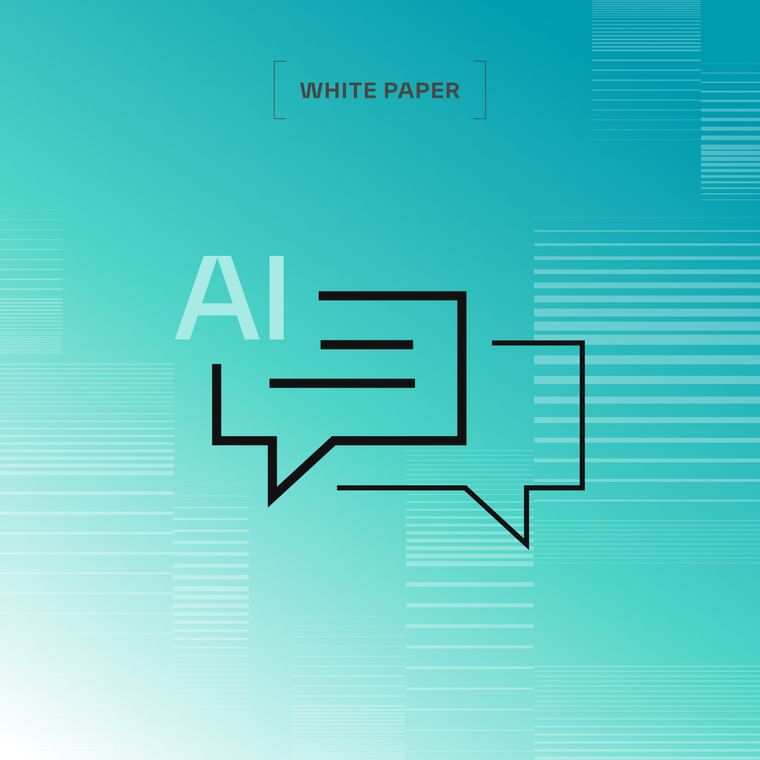Deep learning is a subset of machine learning that uses neural networks with multiple layers, enabling it to handle complex, unstructured data like images and text.
What Is Deep Learning?
Deep learning is a type of ML using neural networks with many layers to analyze complex data patterns
Deep learning is the driving force behind many of today’s most advanced artificial intelligence (AI) applications. By mimicking the structure and function of the human brain, deep learning enables machines to process vast amounts of data, solve complex problems, and make decisions with unprecedented accuracy.
What Is Deep Learning?
Deep learning is a subset of machine learning that uses multi-layer artificial neural networks to interpret raw, often unstructured data. These layers enable models to learn intricate patterns and relationships.
Unlike traditional machine learning, deep learning reduces the need for manual feature extraction, making it highly effective for processing unstructured data such as images, text, and audio.
Key Applications of Deep Learning
Deep learning drives innovation by powering a range of technologies that enhance automation, analysis, and decision-making.
Image Recognition: Deep learning powers applications like facial recognition, object detection, and medical imaging, transforming industries such as healthcare and security.
Natural Language Processing (NLP): Advanced deep learning models like GPT and BERT enhance language understanding, enabling chatbots, language translation, and sentiment analysis.
Speech Recognition: Deep learning drives voice assistants like Siri and Alexa and transcription tools.
Autonomous Systems: Self-driving cars rely on deep learning for object detection, path planning, and decision-making.
Cybersecurity: Deep learning identifies anomalies and detects sophisticated cyber threats, including phishing and malware.
How Does Deep Learning Work?
Deep learning models are built on artificial neural networks, which are inspired by the structure of the human brain. These networks consist of layers of interconnected nodes (neurons) that process and analyze data.
Input Layer: Receives raw data, such as an image or text.
Hidden Layers: Perform complex computations, extracting feature, and identifying patterns. The deeper the network, the more abstract the patterns it can detect.
Output Layer: Produces the final result, such as a classification (e.g., cat vs. dog) or prediction (e.g., email phishing detection).
Training Process:
Forward Propagation: Data flows through the network, and predictions are made.
Loss Calculation: The error between predictions and actual values is measured using a loss function.
Backward Propagation: The model adjusts its internal parameters (weights and biases) using algorithms like gradient descent to minimize the error.
Iteration: This process repeats until the model achieves optimal performance.
Types of Neural Networks in Deep Learning
Deep learning includes several neural network architectures designed for specific tasks. These include:
Convolutional Neural Networks (CNNs): Best suited for image processing tasks such as facial recognition and object detection, leveraging their ability to identify complex patterns within visual data.
Recurrent Neural Networks (RNNs): Ideal for handling sequential or time series data like language modeling and forecasting, using memory mechanisms to process contextual information across inputs.
Transformers: State-of-the-art models like GPT and BERT that excel in natural language processing tasks, processing text in parallel to capture long-term dependencies and deliver superior understanding.
Generative Adversarial Networks (GANs): Used for creating synthetic data, including highly realistic images, videos, and text, through adversarial training between generator and discriminator networks.
Autoencoders: Applied for anomaly detection and data compression by encoding inputs into compact representations and reconstructing them while highlighting unusual patterns.
Why Deep Learning Is Crucial in Cybersecurity
Deep learning’s ability to analyze large-scale, unstructured data makes it invaluable for cybersecurity. Its advantages include:
Advanced Threat Detection: Deep learning models identify subtle patterns in emails, files, and network traffic to detect threats like phishing, ransomware, and malware.
Behavioral Analysis: Deep learning monitors user activity and flags anomalies indicative of insider threats or account compromises.
Real-Time Adaptation: Deep learning models quickly adapt to evolving attack strategies by learning from new data.
Synthetic Threat Modeling: GANs generate realistic simulations of cyberattacks, improving defenses by training systems against emerging threats.
How Abnormal Leverages Deep Learning for Threat Detection
Abnormal integrates deep learning into its platform to combat sophisticated email-based threats. Here’s how deep learning enhances its cybersecurity solutions:
Contextual Analysis: Deep learning models analyze emails' tone, structure, and context to detect nuanced threats like Business Email Compromise (BEC).
Pattern Recognition: Deep learning models flag suspicious activity that traditional systems may miss by identifying hidden patterns in email communication.
Dynamic Adaptation: Abnormal’s deep learning systems learn from real-world feedback, ensuring up-to-date protection against evolving threats.
Scalable Threat Detection: Deep learning enables the platform to incorporate insights from huge volumes of email to get the best possible accuracy.
Deep learning has become a groundbreaking force in artificial intelligence, unlocking advancements once deemed unattainable. As this technology advances, its applications will grow exponentially, fueling innovation and reshaping industries worldwide.


